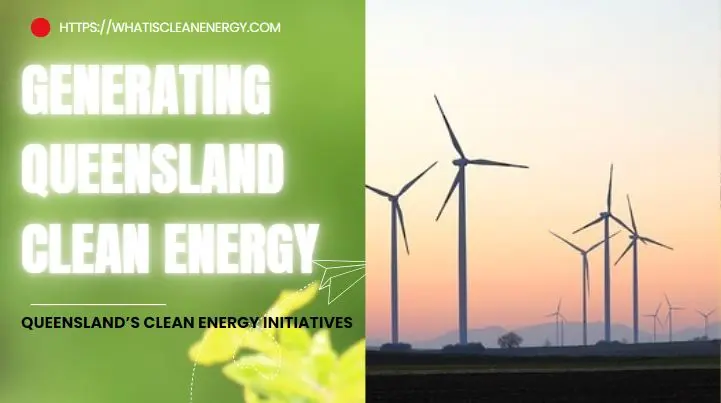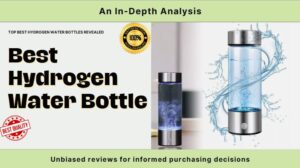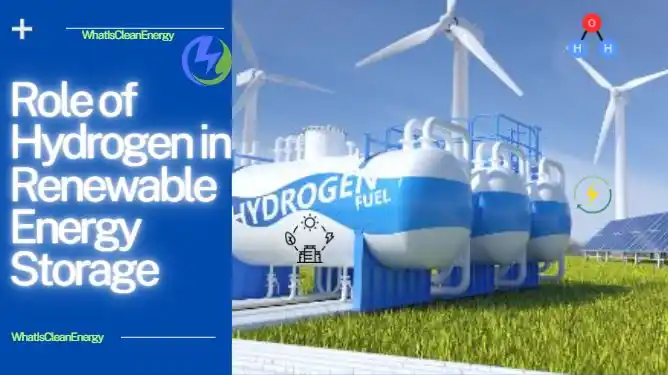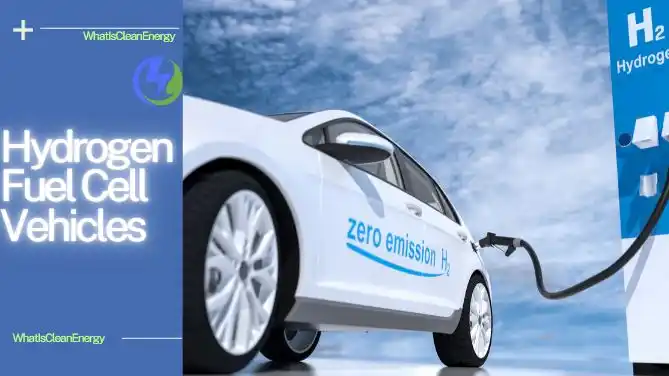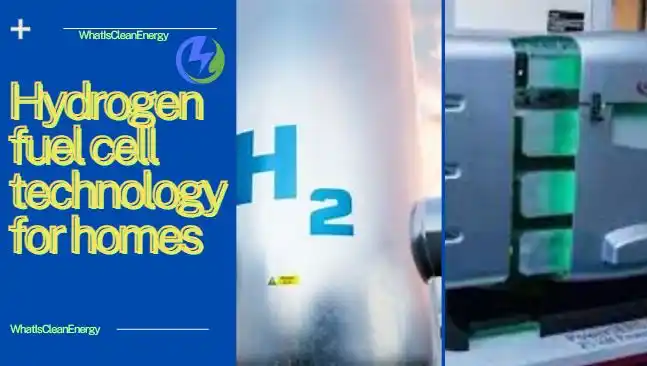Clean energy is essential for a sustainable future. Queensland, a state in Australia, is making significant strides in this area. This article will explain how Queensland is generating clean energy. We’ll cover various methods, their benefits, and the challenges faced. By the end, you’ll have a clear understanding of Queensland clean energy.
What is Clean Energy?
Clean energy comes from renewable sources. These sources include hydrogen, solar, wind, hydro, and biomass. Unlike fossil fuels, they do not produce harmful emissions. Clean energy is important for reducing pollution and combating climate change.
Queensland Clean Energy Future: Advancing Hydrogen Initiatives

Queensland is making significant strides in the clean energy sector, particularly with hydrogen. The state has over 50 renewable hydrogen, ammonia, and sustainable fuel projects in various stages of development. These projects focus on hydrogen production, use, and the supply chain, aiming to position Queensland as a leading hydrogen producer and exporter.
Some notable projects include:
- CQ-H2, Gladstone: Expected to produce 800 tonnes of green hydrogen daily by the early 2030s.
- SunHQ Hydrogen Hub, Townsville: A key project for hydrogen production and use.
- Gibson Island Green Hydrogen and Ammonia Project, Brisbane: Focuses on sustainable hydrogen production.
These initiatives are part of Queensland’s broader strategy to achieve 70% renewable energy by 2032 and 80% by 2035, creating jobs and supporting regional economies.
Solar Energy

How Solar Energy Works
Solar energy is one of the most popular forms of clean energy. It uses sunlight to generate electricity. Solar panels, made of photovoltaic cells, capture sunlight. These cells convert sunlight into electrical energy.
Benefits of Solar Energy
Solar energy has many benefits. It is abundant and renewable. Queensland has a lot of sunshine, making it ideal for solar energy. Solar panels can be installed on rooftops, reducing the need for large power plants. This decentralization helps in reducing transmission losses.
Challenges of Solar Energy
Despite its benefits, solar energy has challenges. Solar panels are expensive to install. They also require a lot of space. Additionally, solar energy is intermittent. It depends on sunlight, which is unavailable at night or on cloudy days. Energy storage solutions, like batteries, are needed to overcome this issue.
Wind Energy

How Wind Energy Works
Wind energy is another important source of clean energy. Wind turbines capture the kinetic energy of the wind. The turbines convert this energy into electricity. Wind farms, consisting of multiple turbines, are usually located in windy areas.
Benefits of Wind Energy
Wind energy is renewable and abundant. It produces no emissions and has a small land footprint. Wind farms can be built on land or offshore. Offshore wind farms can generate more energy due to stronger and more consistent winds.
Challenges of Wind Energy
Wind energy also has challenges. Wind turbines can be noisy and may affect local wildlife. They require significant upfront investment. Like solar energy, wind energy is intermittent. It depends on wind availability, which can be unpredictable.
Hydro Energy

How Hydro Energy Works
Hydroenergy uses the power of moving water to generate electricity. Dams are built on rivers to create reservoirs. Water released from these reservoirs flows through turbines, generating electricity.
Benefits of Hydro Energy
Hydroenergy is reliable and can produce large amounts of electricity. It is also renewable and produces no emissions. Dams can provide additional benefits, such as water storage and flood control.
Challenges of Hydro Energy
Building dams can be expensive and environmentally disruptive. They can affect local ecosystems and displace communities. Additionally, hydroenergy depends on water availability, which can be affected by droughts.
Biomass Energy
How Biomass Energy Works
Biomass energy comes from organic materials, such as plants and animal waste. These materials are burned or converted into biofuels to generate electricity. Biomass can be sourced from agricultural waste, forestry residues, and even household waste.
Benefits of Biomass Energy
Biomass energy is renewable and can help reduce waste. It can be produced locally, reducing the need for energy imports. Biomass plants can also provide a steady supply of energy, unlike solar and wind.
Challenges of Biomass Energy
Biomass energy can produce emissions, although they are generally lower than fossil fuels. It requires a constant supply of organic materials, which can be challenging to maintain. Additionally, biomass production can compete with food production for land and resources.
Queensland Clean Energy Initiatives
Government Policies
The Queensland government is committed to clean energy. It has set ambitious targets for renewable energy. Policies and incentives are in place to encourage the adoption of clean energy technologies. These include subsidies for solar panels and wind farms.
Community Projects
Communities in Queensland are also playing a role. Local projects, such as community solar farms, are becoming more common. These projects allow communities to generate their own clean energy. They also promote awareness and education about renewable energy.
Research and Innovation
Research and innovation are important for advancing clean energy. Queensland is home to several research institutions focused on renewable energy. These institutions are developing new technologies and improving existing ones. Innovations in energy storage, for example, are helping to address the intermittency of solar and wind energy.
Conclusion
Clean energy is vital for a sustainable future. Queensland is making significant progress in this area. By harnessing hydrogen, solar, wind, hydro, and biomass energy, the state is reducing its reliance on fossil fuels. While challenges remain, ongoing research and community efforts pave the way for a cleaner, greener future. Understanding these efforts helps us appreciate the importance of clean energy and the role we can play in supporting it.

